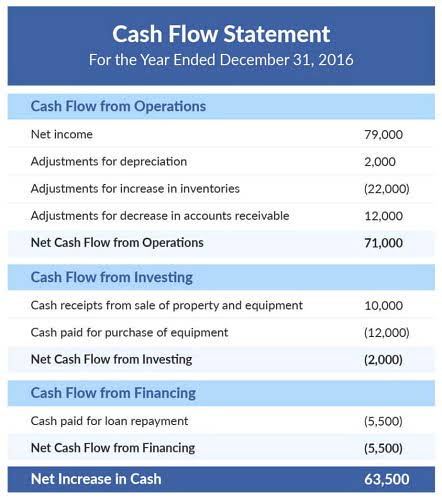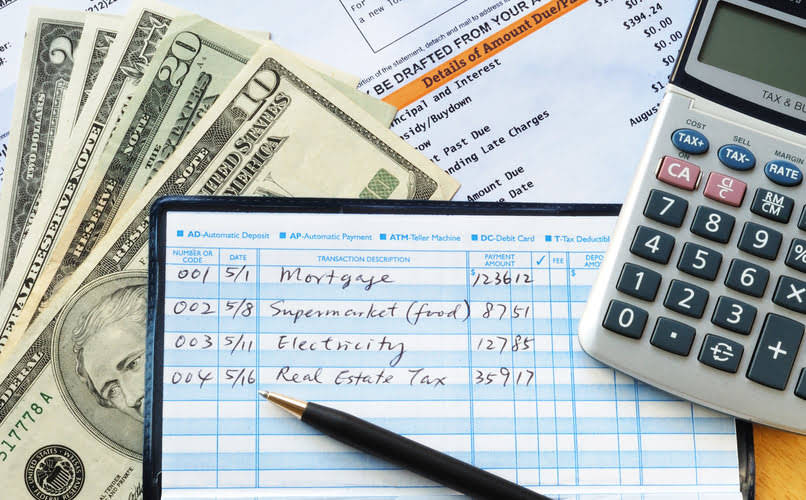What Is Equity, and How Do You Calculate It?

A high D/E ratio suggests that the company is sourcing more of its business operations by borrowing money, which may subject the company to potential risks if debt levels are too high. Impact on your credit may vary, as credit scores are independently determined by credit bureaus based on a number of factors including the financial decisions you make with other financial services organizations. When you’re ready to cash in on an investment, perhaps by selling a home or business, you’re banking on it being worth more than any outstanding debt owed on it.
How Do Stock Buybacks Impact Shareholders Equity?
The value of liabilities is the sum of each current and non-current liability on the balance sheet. Common liability accounts include lines of credit, accounts payable, short-term debt, deferred revenue, long-term debt, capital leases, and any fixed financial commitment. Equity can also be https://www.bookstime.com/blog/oil-and-gas-accounting an important concept to understand just in your own finances. If you take a job that includes equity compensation, then you'll be receiving shares as part of your total compensation package. For many people, the chance to build home equity is a big part of the appeal of homeownership.
Stockholders' Equity and Retained Earnings (RE)
Apart from the balance sheet, businesses also maintain a capital account that shows the net amount of equity from the owner/partner’s investments. The value of the owner’s equity is increased when the owner or owners (in the case of a partnership) increase the amount of their capital contribution. Also, higher profits through increased sales or decreased expenses increase the amount of owner’s equity. 11 Financial may only transact business in those states in which it is registered, or qualifies for an exemption or exclusion from registration requirements.
- Even though running a business requires solving occasional financial equations, they’re not complex -- and you’re never more than a click away from a calculator.
- People used to get pieces of paper called share certificates (shown above) to show that they actually owned shares of a company.
- The investor will then participate in the company's profits (or losses) and will expect to receive a return on their investment for as long as they hold the stock.
- Your business’ board of directors can issue shares whenever, to whomever, and for whatever value it wants.
- It is evident from Table 6 that the model has been validated and that several significant hypotheses were supported.
- And while these equations seem pretty straightforward on paper, they can get a bit more complicated in practice.
- Beginning inventory refers to how much inventory you have on hand at the beginning of the period.
Consent for publication
Regardless, equity is vital so that investors, shareholders and other interested parties can determine the actual value of an asset. In a situation when the ROE is negative because of negative shareholder equity, the higher the negative ROE, the better. This is so because it would mean profits are that much higher, indicating possible long-term financial viability for the company. If one were to calculate return on equity in this scenario when profits are positive, they would arrive at a negative ROE. It could indicate that a company is actually not making any profits, running at a loss because if a company was operating at a loss and had positive shareholder equity, the ROE would also be negative. This usually occurs when a company has incurred losses for a period of time and has had to borrow money to continue staying in business.

- You look at the company's balance sheet and figure out that the return on equity is 12% and has stayed at 12% for several years.
- The model also revealed an SRMR value of 0.053, indicating a satisfactory model fit.
- An exploratory factor analysis (EFA) followed by a confirmatory factor analysis (CFA) was used to structure the critical factors of mobile clinics for optimal immunization performance and sustainability.
- For many people, the chance to build home equity is a big part of the appeal of homeownership.
If the D/E ratio gets too high, managers may issue more equity or buy back some of the outstanding debt to reduce the ratio. Conversely, if the D/E ratio is too low, managers may issue more debt or repurchase equity to increase the ratio. Managers can use the D/E equity equation ratio to monitor a company's capital structure and make sure it is in line with the optimal mix. Private equity investments tend to be riskier than traditional investments. Home equity grows as you pay down your mortgage or local housing prices go up (or both).
Is an increase in the debt-to-equity ratio bad?
Interest payments on debt are tax-deductible, which means that the company can reduce its taxable income by deducting the interest expense from its operating income. On the other hand, when a company sells equity, it gives up a portion of its ownership stake in the business. The investor will then participate in the company's profits (or losses) and will expect to receive a return on their investment for as long as they hold the stock. Debt financing happens when a company raises money to finance growth and expansion through selling debt instruments to individuals or institutional investors to fund its working capital or capital expenditures.
Find out whether your company is growing

Unlike public corporations, private companies do not need to report financials nor disclose financial statements. Nevertheless, the owners and private shareholders in such a company can still compute the firm's equity position using the same formula and method as with a public one. Upon calculating the total assets and liabilities, company or shareholders' equity can be determined.
Low D/E ratio

Understanding equity and being able to track its growth is crucial to understanding the long-term financial health of a business. Since repurchased shares can no longer trade in the markets, treasury stock must be deducted from shareholders’ equity. If we rearrange the balance sheet equation, we’re left with the shareholders’ equity formula. Every company has an equity position based on the difference between the value of its assets and its liabilities.

